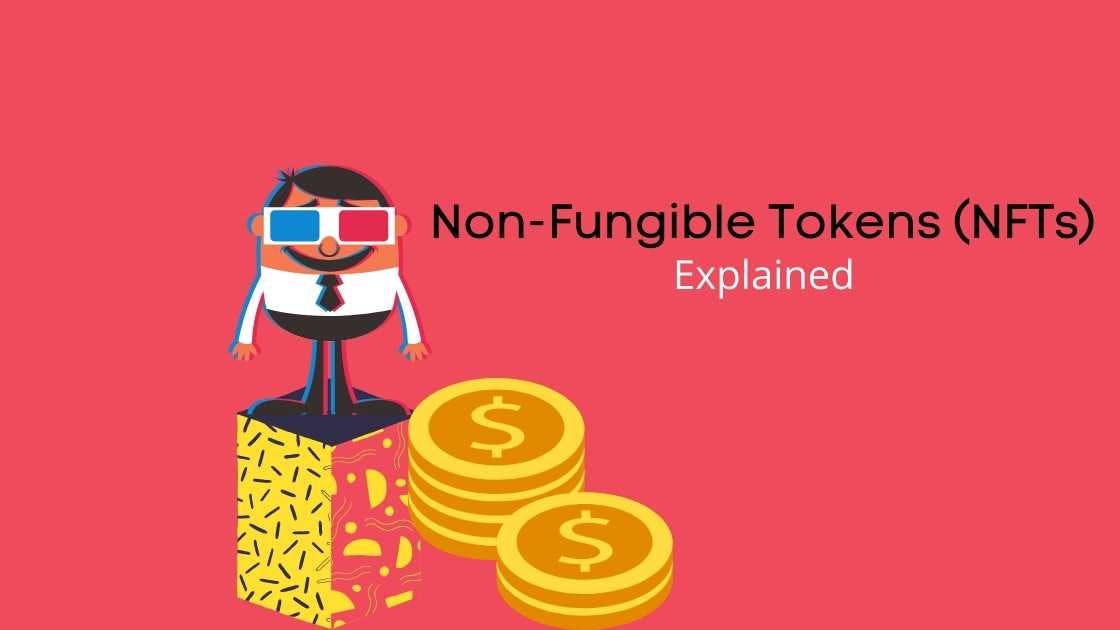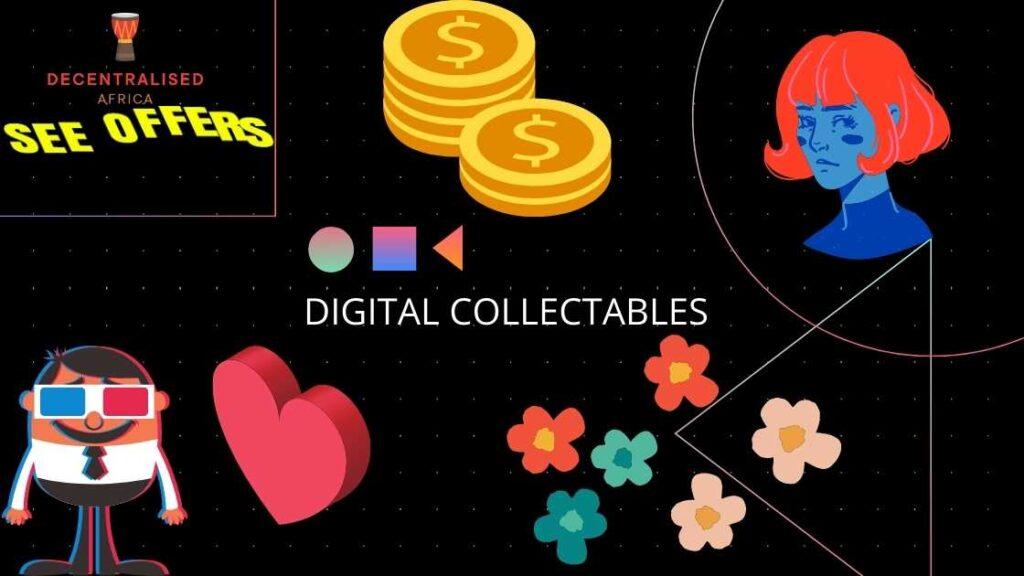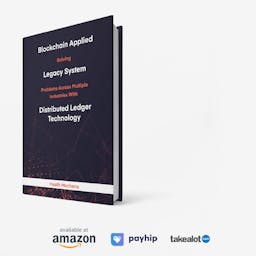
Non-Fungible Tokens (NFTs) Explained
Exploring tokenised versions of digital or real-world assets.
If you’re interested in the decentralised finance (DeFi) space, sooner or later you’re going to come across the term ‘Non-Fungible Tokens’, often abbreviated to NFTs. What are they? What is fungible? And how does it all tie into crypto?
That’s what we’re going to explore in this article. However, if you first want to learn about the different types of assets that can be issued on the blockchain, read our in-depth guide here.
What are Non-Fungible Tokens?
Non-Fungible Tokens are one of the several types of cryptographic tokens that are designed to represent the ownership of digital assets, especially scarce ones.
Fungible, or fungibility, is an economic term used for goods, assets, or commodities that cannot be distinguished from one another. Shares, stocks, options, and dollar bills are examples of this. Alternatively, non-fungible assets, goods, or commodities present unique values or characteristics that separate them, like diamonds, fine art, real estate, and collectable stamps. For example, you and a friend can swap a £20 note with each other and nobody is affected because the asset is fungible, but try to do the same with your houses and someone will end up losing out. Whilst the two houses could have the same market value, one may have a bigger garden, more bedrooms, or a better location, and thus the difference is evident.
When we apply this to cryptography and tokens, NFTs by their nature are unique, with that uniqueness provided in the metadata. They’re also pretty rare or scarce, with very low numbers existing and the exact number in existence (and who owns them) being quickly proved on the blockchain. NFTs have a value of X, and that X is not divisible, so you cannot buy or sell 0.5X, the asset must always stay in its whole form of X.

Where would you find NFTs?
Technically, NFTs can be implemented on any Blockchain with smart contract programming. Fungible tokens, by contrast, are things like USDT, DAI, EOS and XRP, which are indistinguishable from one another – 1 token holds the same value regardless of which person or exchange it came from.
You would find some NFTs in online games and platforms that apply cryptography to in-game possessions or activities, for example:
- Age of Chains is a game where users trade collectable cards, each of which is an NFT
- CryptoKitties allows users to breed and collect virtual kittens, each of which is also an NFT. The most expensive kitty was sold for 600 ETH, around $170,000 at the time
- CryptoKicks is an upcoming project for Nike, where they are reported to be designing Blockchain shoes that are also NFTs
- Decentaraland supports the display of NFTS in certain games, as explained in this article
- Rarible is one marketplace for NFTs, as is SuperRare
There is also a smart contract called an ERC-1155 which now allows developers to make NFTs and FTs and put them into the same game.
Why are NFTs key to unlocking DeFi’s potential?
Right now, almost every lending protocol in the DeFi world is collateralised, so having the option to use NFTs as collateral is very interesting to collectors. Imagine you purchase something rare online in NFT form, you can, in theory, then use that NFT as collateral to borrow money or crypto.
However, right now, it’s highly theoretical. If you purchase a piece of unique digital art for 50ETH ($20,600) and then manage to use it as collateral and withdraw 10,300 USDT, based on the 50% loan-to-value rate, then your asset must then maintain its value. If nobody wants to buy the digital art for the same price, suddenly the market for it no longer exists and it is illiquid. If the digital asset cannot maintain its value and desirability at a constant level, it is no longer safe to assume this is useful as collateral.
NFTfi is one of the few projects willing to present this risk and theory in practice. Lenders can choose the NFT they trust as collateral, and if their loan is not paid back with interest, the defaulter hands over the NFT via escrow. Rarible, which we mentioned before, incentivises the production of NFTs on their platform by handing out governance tokens called RARI, making them an interesting prospect for liquidity miners and yield farmers.
Summary
If reports are to be believed, the NFT market is worth well in excess of $100m a year despite how new it is to the DeFi world. The potential is huge, not just to trade rare swords in MMORPGs, but also to provide interesting financial products and packages. We are very curious to see how this space develops.







